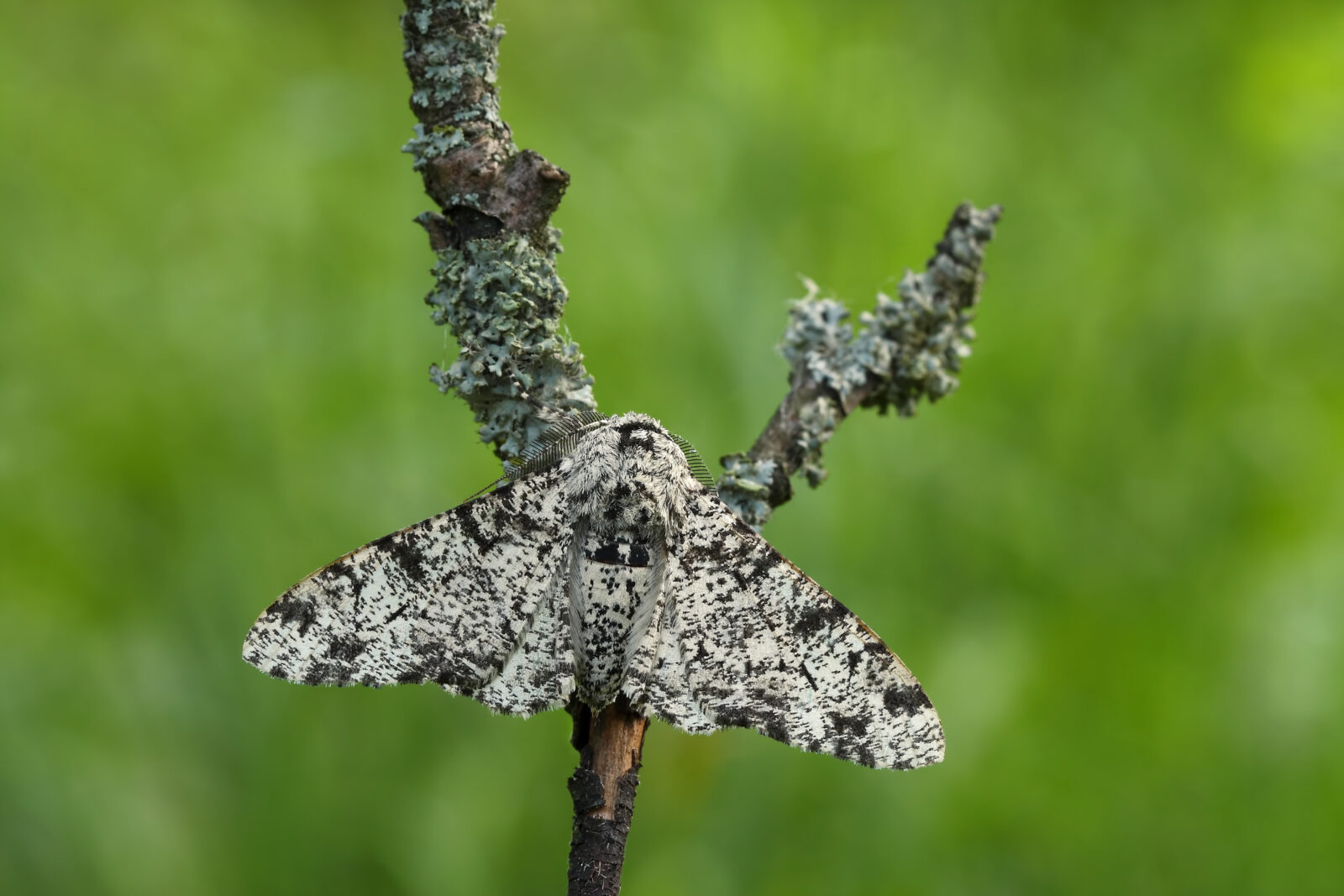Evolution’s Stubborn Icons: Peppered Moths and Miller-Urey Still Shambling Along
By now, you might think that the icons of evolution that Dr. Jonathan Wells wrote about 24 years ago have been put out of our misery. And indeed, much has changed, and these icons have even less ground to stand on than they did back then. But they don’t call them icons for nothing! Whatever else they are, they’re stubborn, and it’s not uncommon to see evidence of them still popping up in popular science articles, cartoons, movies, and even scientific journals. On this episode of ID The Future, host Andrew McDiarmid welcomes back freelance science reporter David Coppedge to give us a few recent examples of the icons of evolution that keep shambling along.
First up is another sighting of the peppered moth myth. Up until recent decades, you could open almost any textbook dealing with biological evolution and you’d probably have found photographs of peppered moths resting on tree trunks — illustrating the classic story of natural selection in action. McDiarmid and Coppedge review the history of this fine myth and several reasons to discount it as evidence for Darwinian evolution. Coppedge goes even further, laying out what is actually happening genetically to produce the observed phenomena and why intelligent design better explains it.
Then the discussion turns to another myth found lurking in the very same issue of the journal Science, this one in an article celebrating the one hundredth anniversary of Russian scientist Aleksander Oparin’s 1924 book The Origin of Life. The paper praises Oparin and goes on to hail the famous Miller-Urey experiments inspired by Oparin’s work as “spectacular.” Coppedge reminds us of several reasons why the Miller-Urey experiment is a non-starter when it comes to explaining the origin of life, including wrong atmosphere, damaging cross-reactions, improper spark inception conditions, lack of correct amino acid species, and more. Even the glass containers Miller and Urey used have been called into question recently as a factor affecting their experiment. So why is this zombie icon still walking around? Coppedge explains.
This is one way we can honor our recently departed friend and colleague Dr. Jonathan Wells: we continue to bring up his work on the icons of evolution every time we see those myths pop up in science papers, popular entertainment, and elsewhere.
Dig Deeper
- Read the article by David Coppedge that inspired this conversation!
- If you don’t have Dr. Wells’s books on this topic, now’s the time: Icons of Evolution and the sequel Zombie Science!
